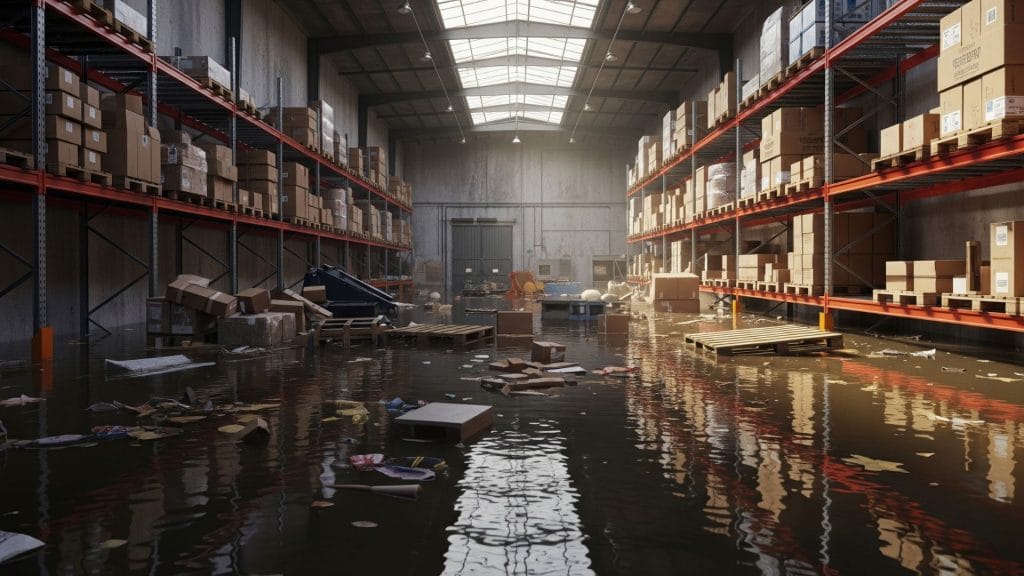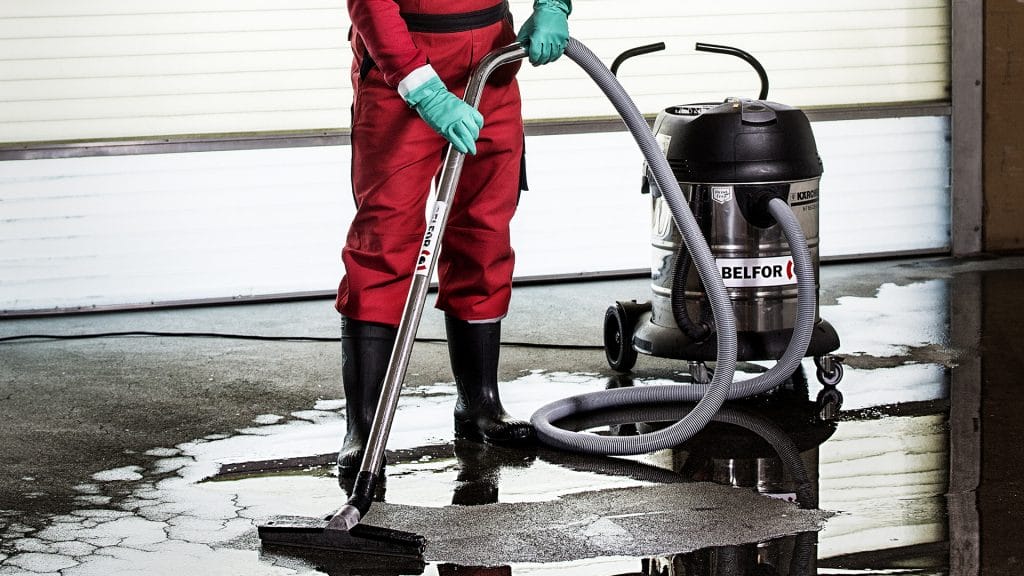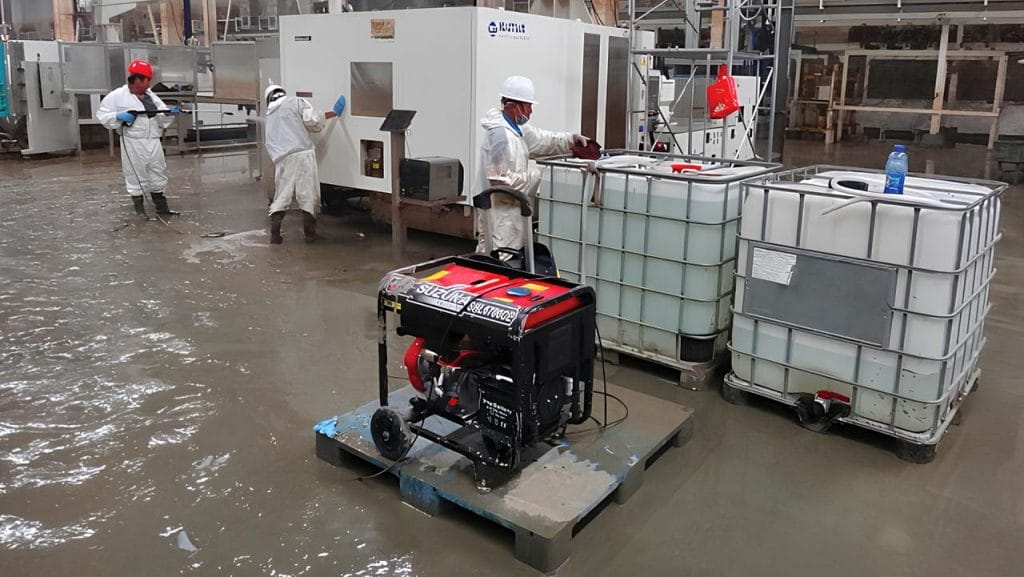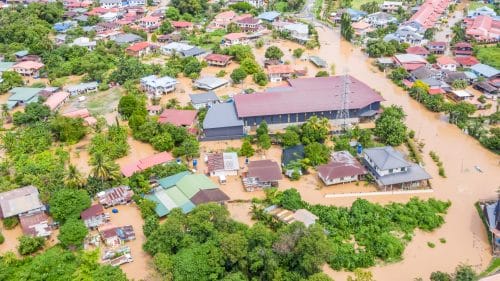How to Prepare Your Business for Flash Floods During Monsoon Season

Key Takeaways:
- Understanding site-specific flood risks helps businesses target protective measures more effectively, reducing the likelihood of unexpected vulnerabilities during heavy rain.
- Protecting critical infrastructure like electrical systems and servers can prevent serious damage and downtime, especially in facilities where systems are located close to ground level.
- Regular inspection and maintenance of drainage systems are essential, as poorly maintained drains can worsen the impact of sudden downpours.
- Establishing a response and recovery plan in advance enables faster action and smoother operations after a flood, giving businesses a stronger foundation for continuity and recovery.
Introduction
Asia’s monsoon season is marked by sudden, heavy rainfall that can result in flash floods with little warning. For businesses, particularly those operating commercial or industrial facilities, the impact can be immediate and far-reaching. Flooding can damage equipment, disrupt supply chains, and halt operations, often leading to significant financial and operational setbacks.
To reduce the impact, it is critical to prepare for flash flood events in advance. The following measures offer practical guidance to help protect your assets, minimise exposure, and support business continuity during extreme weather conditions.
Have You Assessed the Flood Risks Unique to Your Property?
Flood exposure is not uniform across commercial sites. Properties near low-lying roads, canals, or areas with ageing drainage systems are typically at greater risk. Globally, around 1.47 billion people operate or manage assets in flood-exposed areas, reflecting the widespread impact on business infrastructure and continuity. To prepare for flash flood events effectively, it is crucial to carry out a detailed, site-specific risk assessment.
Key factors to examine include existing drainage capacity, ground elevation, past flood incidents, and the overall layout of your facility. Understanding how water is likely to enter or accumulate on your premises enables more precise mitigation planning and allows for a faster, more coordinated response when intense rainfall occurs.
Are Your Electrical and Mechanical Systems Adequately Protected?
Electrical and mechanical systems are highly vulnerable during a flood event. Unprotected switchboards, servers, and backup generators located at or near ground level can sustain severe damage within seconds of water ingress. Elevating critical equipment and installing waterproof enclosures are practical steps to reduce this risk.
In the aftermath of a flood, water extraction is often required before systems can be inspected or safely restarted. Establishing clear emergency protocols for these assets helps prevent further damage, supports faster recovery, and reduces the risk of electrical hazards during clean-up.
Is Your Drainage System Ready for Heavy Rainfall?
Effective drainage is a critical line of defence in any effort to prepare for flash flood conditions. Yet, it is often overlooked until problems arise. Blocked gutters, obstructed grates, or poorly sloped surfaces can cause water to accumulate rapidly, increasing the risk of flooding around building entrances, loading bays, and internal areas.
Inadequate drainage may also lead to water seeping into walls and flooring, creating conditions that require professional mould removal during post-flood recovery. Regular inspections, timely maintenance, and system upgrades, where needed, can significantly reduce vulnerability during peak monsoon periods.

Do Your Staff Know What to Do in a Flood Emergency?
A well-structured emergency response plan is essential for reducing disruption and ensuring the safety of personnel during a flood. Staff should be familiar with evacuation routes, asset protection measures, and procedures for securing critical equipment and documents. Assigning roles in advance promotes clarity and enables a faster, more coordinated response when urgent action is needed.
Post-event procedures should also include steps for reporting damage and initiating support from external providers, such as emergency water cleanup services. Ongoing training and preparedness exercises strengthen organisational readiness and ensure your team can act with confidence under pressure.
Have You Secured a Recovery Partner Before the Need Arises?
To prepare for flash flood incidents properly, it is important to plan not only for prevention but also for what comes after. Establishing a recovery partnership beforehand gives your business a clear advantage when responding to flood-related disruptions. With prior agreements in place, your provider can mobilise quickly, assess site conditions, and begin restoration without administrative delays.
This preparation also helps avoid last-minute competition for support when multiple sites are affected simultaneously. While others are still making arrangements, your recovery process can already be underway, helping your business return to normal with fewer setbacks.

Start Planning for Resilience Now
While monsoon season is a regular part of Asia’s climate, the level of disruption it causes can be reduced with proper preparation. When you prepare for flash flood risks in advance by identifying vulnerabilities, upgrading infrastructure, and establishing clear procedures, your business is better positioned to respond and recover with minimal downtime.
BELFOR works with commercial and industrial organisations across Asia to enhance flood readiness and streamline recovery efforts. Our recovery teams are certified by the Institute of Inspection Cleaning and Restoration Certification (IICRC), ensuring that water damage restoration is carried out to recognised professional standards.
Contact us today to learn how we can support your business continuity planning and post-incident recovery.


